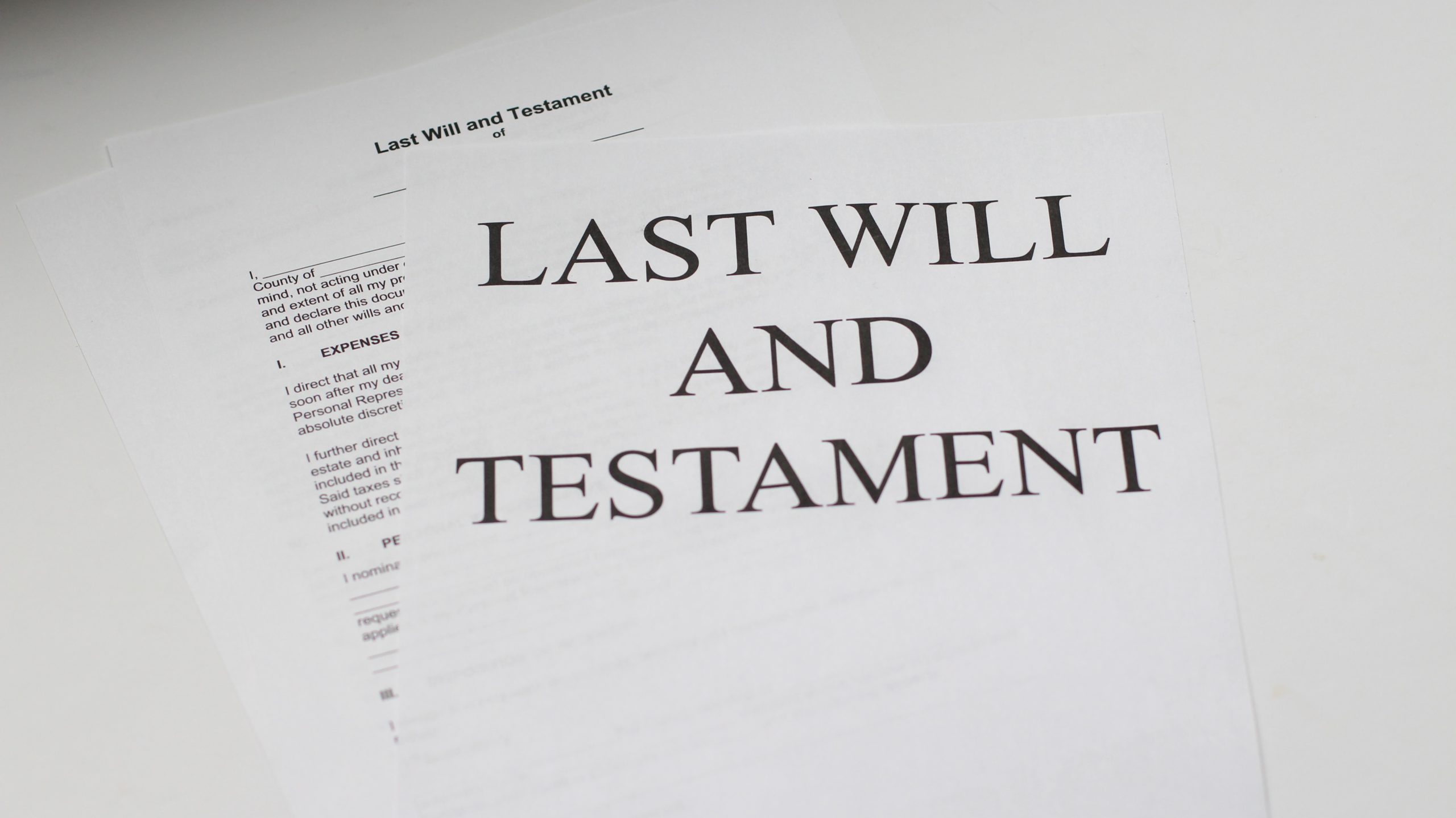There may be situations where an individual voluntarily drives a car while intoxicated and it may be hard to escape a conviction in that case. But what happens if the situation is more complicated? Imagine you are intoxicated and you are aware that you cannot drive your car home so you call a cab to pick you up. The cab takes a while and you can no longer stand inside the building; therefore, you are forced to stand outside in the middle of winter. You decide to sit in your parked car and warm up while you wait for a cab. The next thing you know, you wake up to the sound of an officer banging on your window and you are charged with impaired driving. This fact situation is similar to the case of R v Boudreault, which went before the Supreme Court of Canada in 2012.
You may be wondering how a person, who is not driving a car, can be charged with impaired driving. To be charged under the relevant provision of the Criminal Code, you do not necessarily have to be operating a vehicle, so long as you have care and control of a vehicle. According to the Criminal Code, if you are intoxicated and sitting in the driver’s seat of your vehicle, then you are presumed to have care and control of your vehicle, unless you can establish that you had no intention to drive.
Nonetheless, even if you have no intention to drive the car, you may still be found liable, if your conduct creates a realistic risk of danger to persons and property. The court is concerned that an intoxicated person may later, and while still impaired, change his/her mind and drive home. The court is also concerned that an intoxicated person may unintentionally set the vehicle in motion or that, through negligence or bad judgment, a stationary or inoperable vehicle may endanger persons or property.
Depending on the facts, you may have to advance some evidence to show that you would not have driven the car in an impaired state, that the vehicle could not be set in motion unintentionally, or that the stationary vehicle would not endanger persons or property. The court will consider specific factors when determining whether there is a realistic risk of danger.
In Boudreault (above), the Supreme Court of Canada restored the accused’s acquittals and upheld the trial judge’s decision. The trial judge found that the accused had no intention to drive and he did not pose a realistic risk of danger.
It is important to note that each case is determined on its facts. Nonetheless, if you find yourself in a vehicle in an intoxicated state, it may be helpful to do the following; avoid sitting in the driver’s seat, ensure you do not have the keys in the ignition and the keys are not readily available to be placed in the ignition, engage the parking brake, and lastly, do your best to implement a reliable and concrete alternate plan for getting home. This area of law is somewhat complex; therefore, you may seek the assistance of a lawyer in order to advance the best defence.
If you have been charged with care and control, it is important to seek out an experienced criminal lawyer as soon as possible. Contact us today.
By Shadi Behpour








